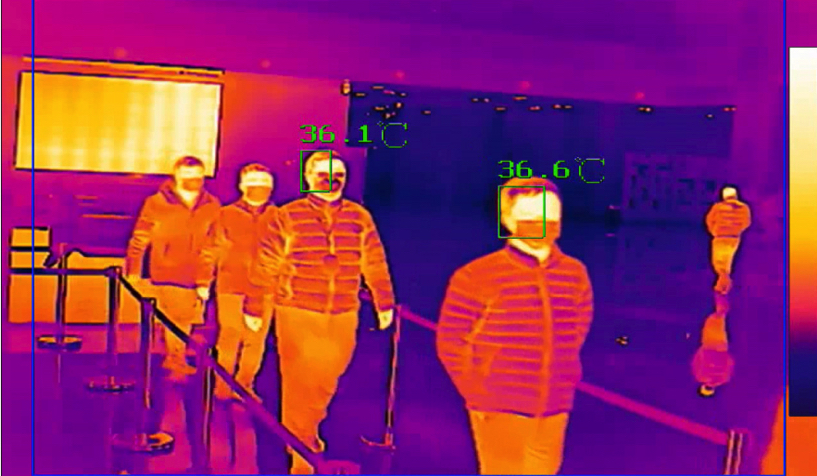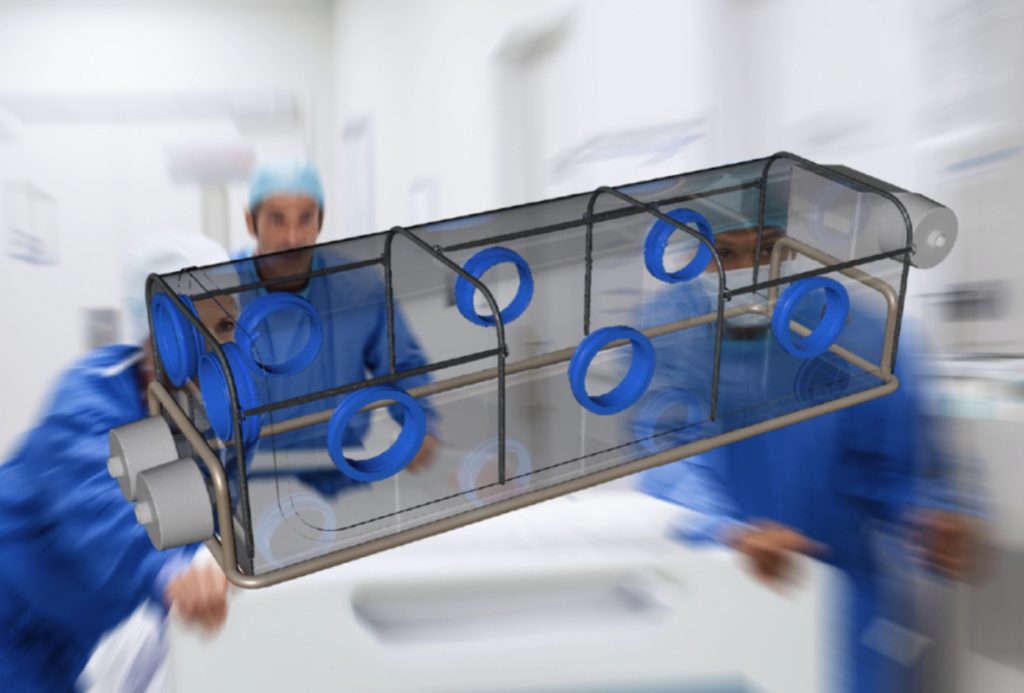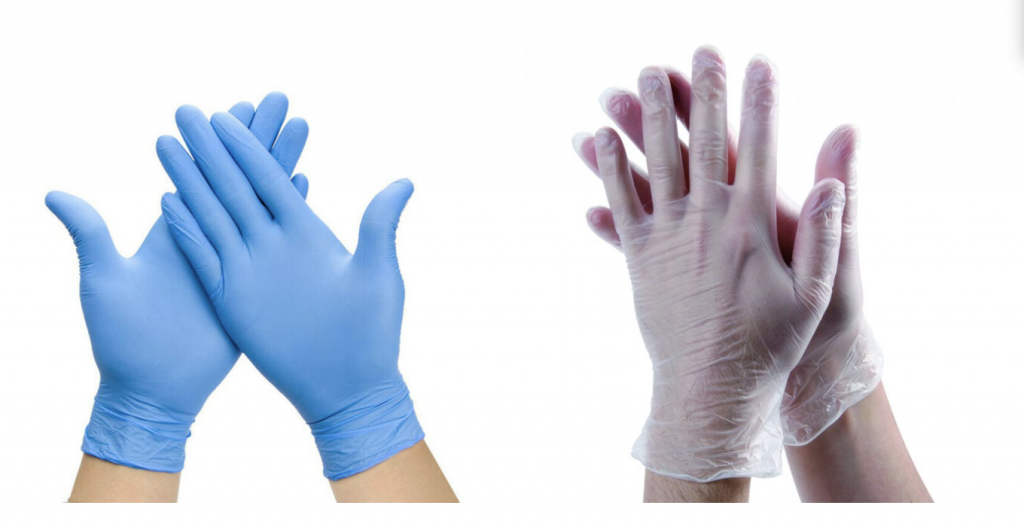In order to better prepare for and meet people in public areas in the current tense corona situation and in future, we offer thermal imaging cameras for fever screening. In this way, people with fever can be recognized and separated quickly.
Korean President Mr Moon Jae-in visiting one of the school equipped with the Thermal camera from Silicon Cube
The system can be used, for example, in entrance areas or corridors of hospitals, doctor’s offices, shops, schools, airports, train & bus stations, banks, offices or factories to measure the body temperature of people as they walk. This type of contactless body temperature measurement from a safe distance helps to protect your staff and minimize the risk of infection. This contactless fever measurement not only works extremely quick under a second, but also measures several people at the same time.
Detection of possible infections
The corona virus changes our world permanently. Even if we get past the peak of this global pandemic, the handling of flows of people in public buildings will change for a long time. Operators in high-traffic places such as airports, train stations, shopping centers, sports facilities or event locations have a special responsibility in protecting against the spread of viruses.
One of the most important and easily measurable indicators of infection can be an elevated body temperature. With the help of specially calibrated thermal imaging cameras, it is possible, for example in the entrance areas and corridors of public buildings such as hospitals, medical practices, shops, schools, banks, office buildings or factories, to measure the body temperature of up to 30 people simultaneously, even while they are walking.
An alarm sounds at abnormal temperatures. Using integrated artificial intelligence, temperatures are only recorded in the facial area. In this way, incorrect measurements of other objects triggering a fals alarm, such as a hot drink in the hand, can be avoided.
Functionality
Every body emits heat radiation. In contrast to conventional cameras, which measure visible light, thermal imagers with innumerable small blackened membranes absorb the heat radiation emitted by bodies. These membranes heat up and this change in temperature is measured by the change in electrical resistance. The radiation sensor is called a bolometer. While a conventional camera has one photodiode per pixel, a thermal imaging camera has one microbolometer per pixel.
“Normal” thermal cameras vs. Fever screening cameras
Calibration is crucial for measuring human body temperature. Thermal imaging cameras for fever measurement are specially designed for a measuring range between 30 and 45°C and calibrated to the emission coefficient of human skin. Provided the camera is operated indoors between 10 to 35°C (windless), our models achieve an accuracy of ±0.5°C. This can be optimized up to ±0.3°C when using a calibrated black body.
Advantages over thermometers
The most important advantage over the measurement with thermometers is the high time advantage due to an extremely fast measurement of several people at the same time. By measuring from a safe distance, you avoid direct contact with potentially infected people and also give yourself additional time to react.
FACTS
- quick measurement from a safe distance
- several people at the same time
- accuracy of ± 0.5°C
- optical image and thermal image are superimposed on each other bi-spectrally
- temperature range of 30-45°C
- ambient temperature of 10-35°C (at no wird)
- with audio alarm at abnormal temperatures
- integrated artificial intelligence detects people to avoid false alarms and increase precision (does not apply to the handheld – not necessary)










